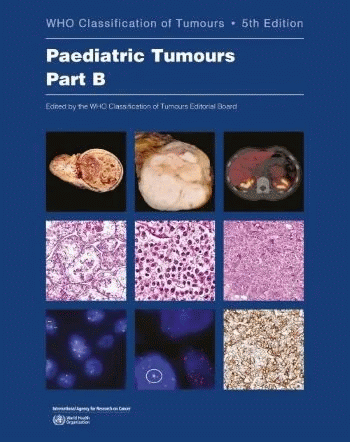Kuan EC, Wang EW, Adappa ND, Beswick DM, London NR Jr, Su SY, Wang MB, Abuzeid WM, Alexiev B, Alt JA, Antognoni P, Alonso-Basanta M, Batra PS, Bhayani M, Bell D, Bernal-Sprekelsen M, Betz CS, Blay JY, Bleier BS, Bonilla-Velez J, Callejas C, Carrau RL, Casiano RR, Castelnuovo P, Chandra RK, Chatzinakis V, Chen SB, Chiu AG, Choby G, Chowdhury NI, Citardi MJ, Cohen MA, Dagan R, Dalfino G, Dallan I, Dassi CS, de Almeida J, Tos APD, DelGaudio JM, Ebert CS, El-Sayed IH, Eloy JA, Evans JJ, Fang CH, Farrell NF, Ferrari M, Fischbein N, Folbe A, Fokkens WJ, Fox MG, Lund VJ, Gallia GL, Gardner PA, Geltzeiler M, Georgalas C, Getz AE, Govindaraj S, Gray ST, Grayson JW, Gross BA, Grube JG, Guo R, Ha PK, Halderman AA, Hanna EY, Harvey RJ, Hernandez SC, Holtzman AL, Hopkins C, Huang Z, Huang Z, Humphreys IM, Hwang PH, Iloreta AM, Ishii M, Ivan ME, Jafari A, Kennedy DW, Khan M, Kimple AJ, Kingdom TT, Knisely A, Kuo YJ, Lal D, Lamarre ED, Lan MY, Le H, Lechner M, Lee NY, Lee JK, Lee VH, Levine CG, Lin JC, Lin DT, Lobo BC, Locke T, Luong AU, Magliocca KR, Markovic SN, Matnjani G, McKean EL, Meço C, Mendenhall WM, Michel L, Na’ara S, Nicolai P, Nuss DW, Nyquist GG, Oakley GM, Omura K, Orlandi RR, Otori N, Papagiannopoulos P, Patel ZM, Pfister DG, Phan J, Psaltis AJ, Rabinowitz MR, Ramanathan Jr M, Rimmer R, Rosen MR, Sanusi O, Sargi ZB, Schafhausen P, Schlosser RJ, Sedaghat AR, Senior BA, Shrivastava R, Sindwani R, Smith TL, Smith KA, Snyderman CH, Solares CA, Sreenath SB, Stamm A, Stölzel K, Sumer B, Surda P, Tajudeen BA, Thompson LDR, Thorp BD , Tong CCL , Tsang RK , Turner JH , Turri-Zanoni M, Udager AM, van Zele T, VanKoevering K, Welch KC, Wise SK , Witterick IJ, Won TB, Wong SN, Woodworth BA, Wormald PJ, Yao WC, Yeh CF, Zhou B, Palmer JN
Int Forum Allergy Rhinol. 2024 Feb;14(2):149-608. doi: 10.1002/alr.23262.
BACKGROUND: Sinonasal neoplasms, whether benign and malignant, pose a significant challenge to clinicians and represents a model area for multidisciplinary collaboration in order to optimize patient care. The International Consensus Statement on Allergy and Rhinology: Sinonasal Tumors (ICSNT) aims to summarize the best available evidence and presents 48 thematic and histopathology-based topics spanning the field.
METHODS: Sinonasal neoplasms, whether benign and malignant, pose a significant challenge to clinicians and represents a model area for multidisciplinary collaboration in order to optimize patient care. The International Consensus Statement on Allergy and Rhinology: Sinonasal Tumors (ICSNT) aims to summarize the best available evidence and presents 48 thematic and histopathology-based topics spanning the field.
RESULTS: The ICNST document consists of 4 major sections: general principles, benign neoplasms and lesions, malignant neoplasms, and quality of life and surveillance. It covers 48 conceptual and/or histopathology-based topics relevant to sinonasal neoplasms and masses. Topics with a high level of evidence provided specific recommendations, while other areas summarized the current state of evidence. A final section highlights research opportunities and future directions, contributing to advancing knowledge and community intervention.
CONCLUSIONS: As an embodiment of the multidisciplinary and collaborative model of care in sinonasal neoplasms and masses, ICSNT was designed as a comprehensive, international, and multidisciplinary collaborative endeavor. Its primary objective is to summarize the existing evidence in the field of sinonasal neoplasms and masses.
PubMed ID: 37658764
Article Size: 4.33 MB
 Current 5th Edition
Current 5th Edition

 Subscribe
Subscribe


